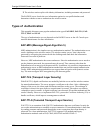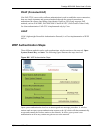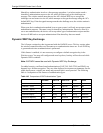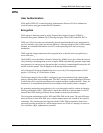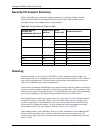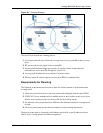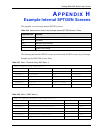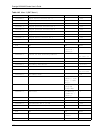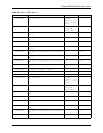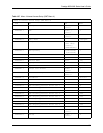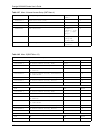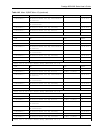
Prestige 660H/HW Series User’s Guide
407 Splitters and Microfilters
Types of Antennas For WLAN
There are two types of antennas used for wireless LAN applications.
• Omni-directional antennas send the RF signal out in all directions on a horizontal plane.
The coverage area is torus-shaped (like a donut) which makes these antennas ideal for a
room environment. With a wide coverage area, it is possible to make circular overlapping
coverage areas with multiple access points.
• Directional antennas concentrate the RF signal in a beam, like a flashlight. The angle of
the beam width determines the direction of the coverage pattern; typically ranges from 20
degrees (less directional) to 90 degrees (very directional). The directional antennas are
ideal for hallways and outdoor point-to-point applications.
Positioning Antennas
In general, antennas should be mounted as high as practically possible and free of
obstructions. In point-to –point application, position both transmitting and receiving antenna
at the same height and in a direct line of sight to each other to attend the best performance.
For omni-directional antennas mounted on a table, desk, and so on, point the antenna up. For
omni-directional antennas mounted on a wall or ceiling, point the antenna down. For a single
AP application, place omni-directional antennas as close to the center of the coverage area as
possible.
For directional antennas, point the antenna in the direction of the desired coverage area.
Connector Type
The Prestige is equipped with an I-PEX type antenna jack, so it will work with any wireless
antenna with an I-PEX type connector.



